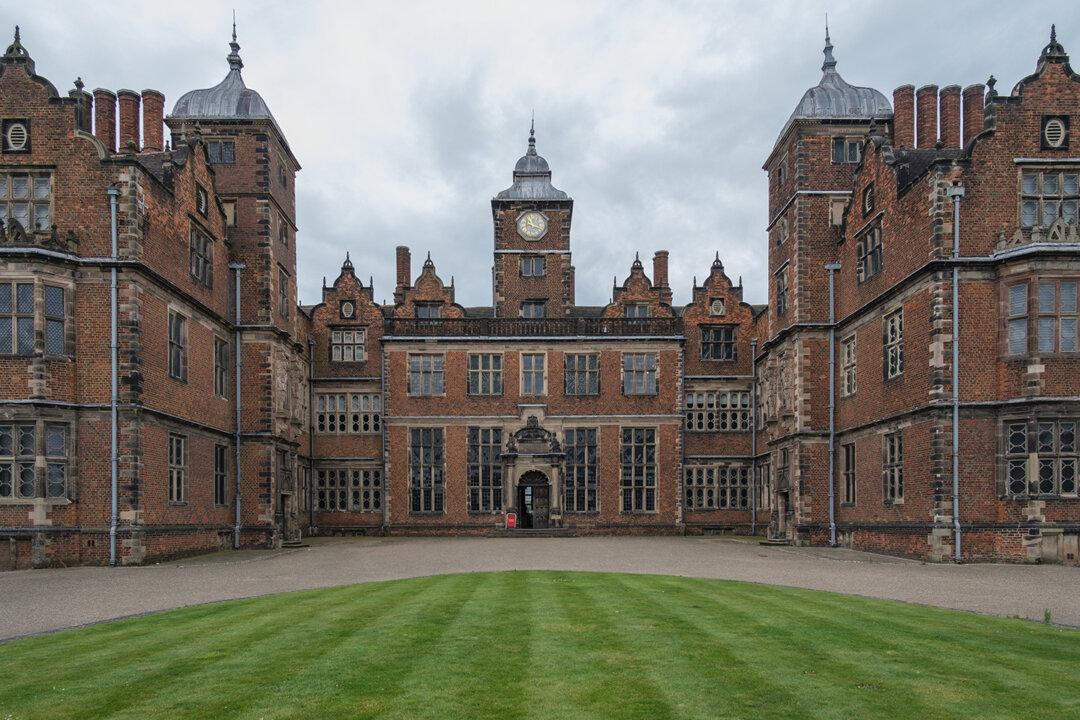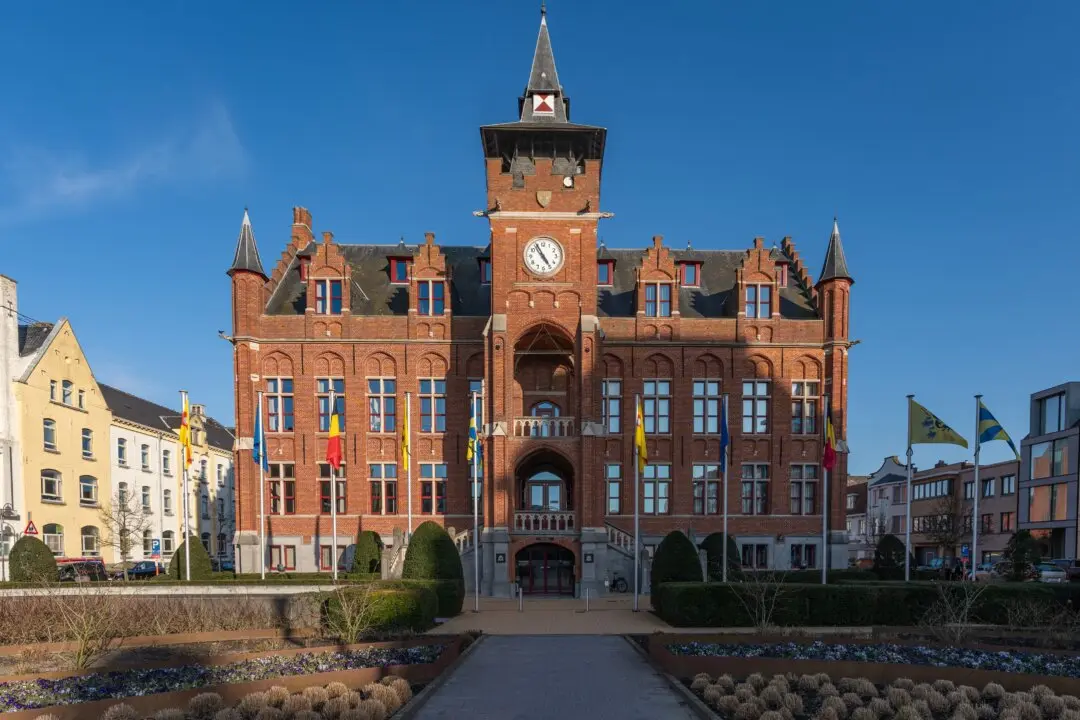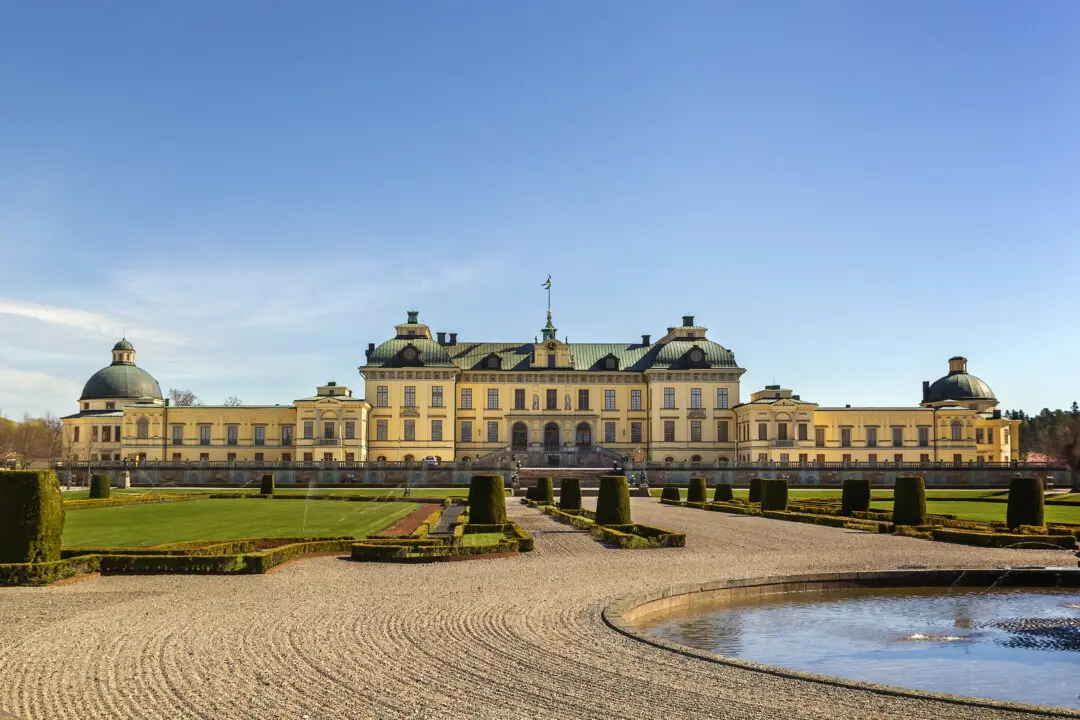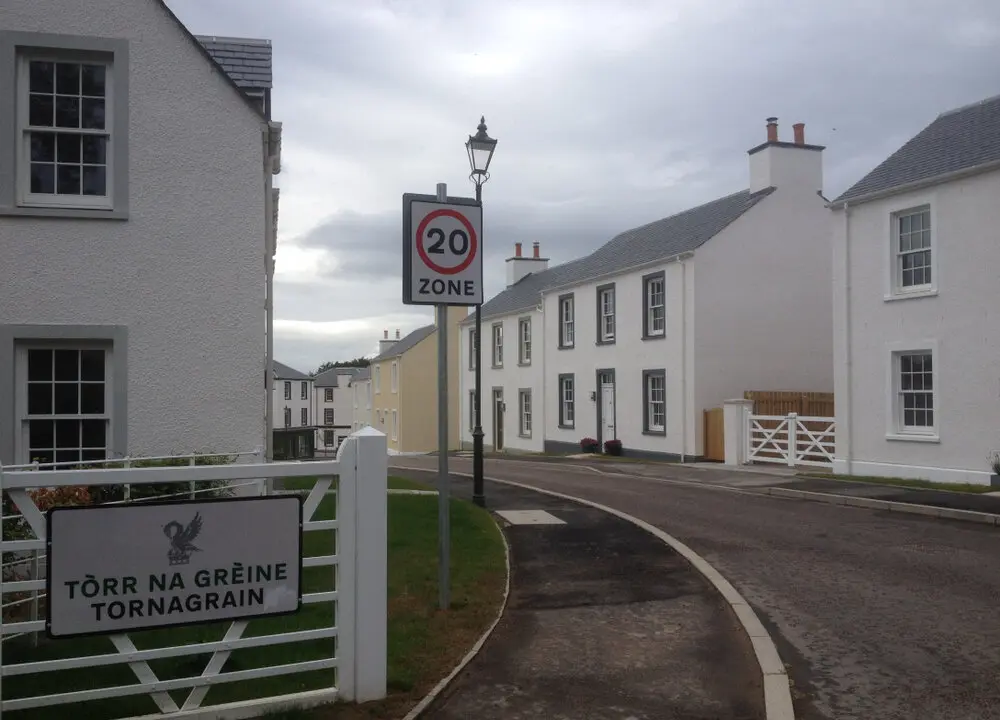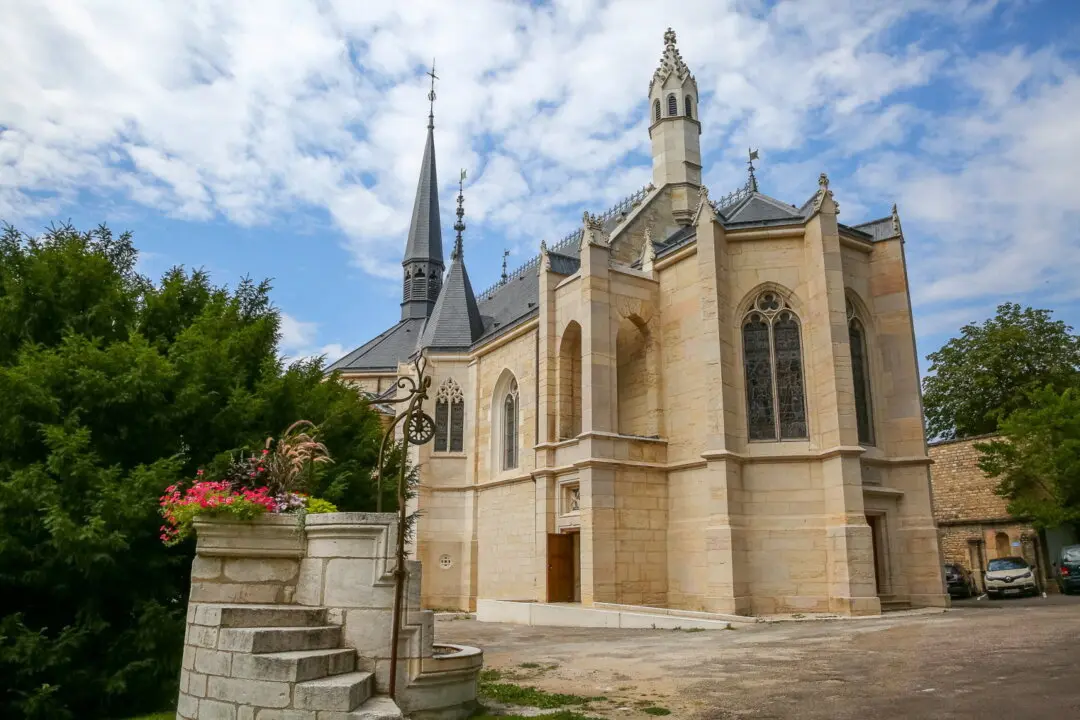Situated in a park in Birmingham, England, Aston Hall’s magnificent 17th-century mansion was designed by English architect John Thorpe and built for Sir Thomas Holte between 1618 and 1635. The grand estate ranks among the last and the greatest Jacobean prodigy houses, an English country house built by courtiers for the monarch’s royal progress (tour of the kingdom).
Stretching over the Tudor, Elizabethan, and Jacobean periods, prodigy houses represent a unique English take on Renaissance architecture. Architectural historian John Summerson considered them “the most daring of all English buildings.” Stylistically, they introduced eclectic mixtures of classical, medieval, and local traditional English elements.

